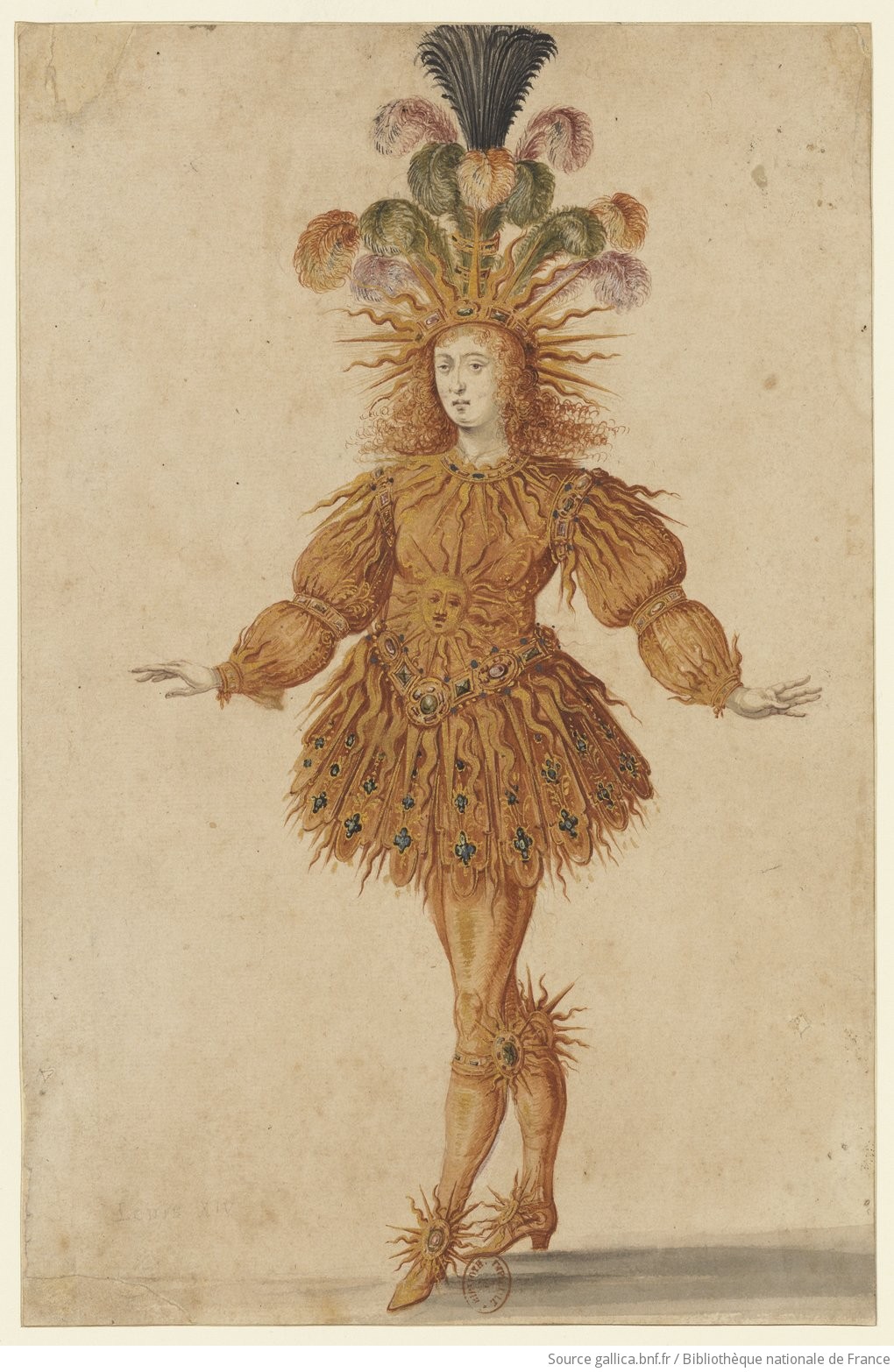Hello friends , let me take you on the dance floor and show you the different styles and types of ballet.
Come, lets know about these styles briefly .
1. Classical ballet is what people generally think of when we talk about “ballet.” Classical ballet reached its height in 19th century Russia through the work of choreographers like Marius Petipa and Lev Ivanov. It is characterized by the following elements:


3. Contemporary ballet is influenced by modern dance. Renowned contemporary ballet choreographers include Twyla Tharp, Paul Taylor and Dwight Rhoden. In contemporary ballet, you may see:
Lets now get to know about the styles of ballet . Yes you all read it right 'styles of ballet' .Come, lets know about the 2 styles of ballet.
1. Story ballets (not surprisingly!) tell a story. They contain narrative action, characters, and a beginning and end. The Nutcracker and The Sleeping Beauty are famous story ballets from the 19th century; classic stories and novels such as The Great Gatsby and The Three Musketeershave also been transformed into ballets.
2. Plotless ballets have no storyline; rather they utilize the movement of the body and theatrical elements to interpret music, create an image or to express or provoke emotion. Choreographer George Balanchine was a prolific creator of plotless ballets.
So people, i come to an end of this post. Hoping you all have found it exciting to read about styles and types of ballet . As i say , keep reading and stay tuned because a lot more post are on its way .
till then asta la vista friends !
Come, lets know about these styles briefly .
1. Classical ballet is what people generally think of when we talk about “ballet.” Classical ballet reached its height in 19th century Russia through the work of choreographers like Marius Petipa and Lev Ivanov. It is characterized by the following elements:
§ graceful,
flowing movements
§ classical
form: turn-out of the legs and pointe work
§ balance
and symmetry
§ ethereal
§ emphasis
on story ballets and narrative
§ elaborate
sets and costumes
2. Neo-classical ballet was
introduced in the 20th century by choreographers like George Balanchine. It
generally includes:
§ increased
speed, energy and attack
§ manipulation
of the classical form
§ asymmetry;
an off-balance feel
§ non-narrative;
often one-act ballets
§ paired
down aesthetic—simple sets and costumes
3. Contemporary ballet is influenced by modern dance. Renowned contemporary ballet choreographers include Twyla Tharp, Paul Taylor and Dwight Rhoden. In contemporary ballet, you may see:
§ floor
work
§ turn-IN
of the legs
§ greater
range of movement and body line
§ pointe
shoes but also bare feet
Lets now get to know about the styles of ballet . Yes you all read it right 'styles of ballet' .Come, lets know about the 2 styles of ballet.
1. Story ballets (not surprisingly!) tell a story. They contain narrative action, characters, and a beginning and end. The Nutcracker and The Sleeping Beauty are famous story ballets from the 19th century; classic stories and novels such as The Great Gatsby and The Three Musketeershave also been transformed into ballets.
2. Plotless ballets have no storyline; rather they utilize the movement of the body and theatrical elements to interpret music, create an image or to express or provoke emotion. Choreographer George Balanchine was a prolific creator of plotless ballets.
So people, i come to an end of this post. Hoping you all have found it exciting to read about styles and types of ballet . As i say , keep reading and stay tuned because a lot more post are on its way .
till then asta la vista friends !



